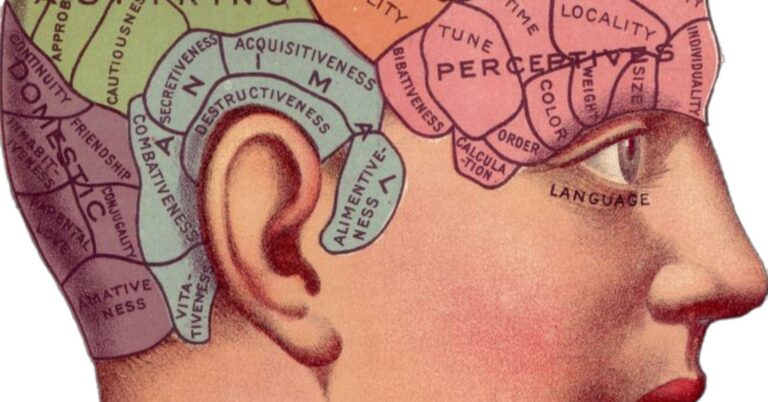
Source: Glenn Carstens-Peters / Unsplash
The term “trauma bond” has recently become popular. Like many suddenly prominent terms, the meaning of trauma bond has been obscured.
These are painful and sometimes dangerous relationships, so it is urgently important that we understand them correctly.
The definition of a trauma bond is: “The development and course of strong emotional ties between persons where one person intermittently harasses, threatens, abuses or intimidates the other” (Dutton & Painter, 1981).
There is so much to unpack in this definition. Here are three things that I want you to pay special attention to:
- The source of a trauma bond does not lie in either of the members alone. It is dynamic and amplified by time, power, and shame.
- There are two components in a trauma bond. The first is an uneven power dynamic. This can result from many things. For example, one person might have more money, a prestigious job, friends, social currency, etc. This first component can be present in a relationship and not lead to abuse, but there is a higher likelihood of abuse when an uneven power dynamic exists. The second component is abuse (physical, psychological, emotional, or all three) that is not consistent but mixed with intense affection. Exposure to this mix of abuse and affection is profoundly confusing and makes it difficult to leave.
- Nothing in this definition suggests that a trauma bond can only occur in an intimate relationship. Trauma bonds can occur between family members, bosses, employees, and friends.
Why Do We Repeat Them?
The fact that we repeat painful relationship dynamics is something that has vexed psychologists since at least the 1880s. Here are four theories about why we might repeatedly find ourselves in trauma bonds:
- We repeat to master – We repeat situations that we have not mastered to give ourselves a chance to master them. We are subconsciously either hoping for a chance to have a different outcome or a chance to relive a situation so that we can integrate it and understand it better.
- We repeat to avoid mastery – Although our brains are always attempting to integrate the experience to navigate the world safely, it’s important to understand that sometimes the stakes in integrating and assigning meaning to an experience are pretty high. Sometimes, it’s much easier to repeat a dynamic than to admit what is behind it. For example, suppose we have foundational life experiences that are abusive. In that case, it can mean only three things to our brain: Something is wrong with us, the world is terrible, and all people are abusive, or the abusers do not love us. All these possibilities are tragic and heartbreaking, but the third is perhaps the worst—especially if the abusers were our parents. Sometimes, opening ourselves up to further abuse is a way to protect our original abusers—not simply because we want to absolve them, but because of what it would mean if we didn’t—unbroken.
- We repeat because it feels like home – We don’t recognize dysfunction as dysfunction because it’s familiar to us. Even on the nervous system level, it feels like home.
- We repeat (and get stuck) because of our neurobiology – We have a set of brain structures that wire together and run the center line of our brain—sort of like a mohawk. These brain structures wire together to form the self. Bessel van der Kolk has termed this the “mohawk of self-awareness.” So you can think of this mohawk as the most self-assured, rebellious, decisive, little badass version of yourself. She knows where she is (the posterior cingulate gives us a sense of where we are in space), what kinds of music and art she loves passionately (the parietal lobes are responsible for integrating sensory information), what she feels (the insula brings messages from perception to the emotion centers), what she thinks about how she feels (the anterior cingulate coordinates emotions and thinking), and what she is going to do about it (the medial prefrontal cortex is critical in decision-making processes). When we are not in a trauma bond, the mohawk of self-awareness is lit up often. We’re constantly doing things that activate this part of the brain. The upshot is that trauma can disconnect you from yourself on a neurobiological level. So, we repeat and get stuck because we are disconnected from ourselves.
What Do We Do About Them?
Getting out of a trauma bond and making sure not to repeat it is a long process that requires a solid support network comprising friends, family, therapists, and coaches who can help you identify and imprint the patterns in your relationship.
It is also critical to strip away the shame. When we find ourselves repeating and getting stuck in trauma bonds, it’s crucial to understand that there is a reason for this. If we get stuck in shame, we will not see this reason and continue to get stuck and repeat.
The thing that you can do right this second, as well as throughout your healing journey, is to reconnect with yourself. You can do this in tiny ways:
- think about and look at (or even make) the art that you love
- create a playlist of your favorite songs from high school
- pick up old hobbies you haven’t engaged with for a while
- connect with old friends you’ve lost touch with
This may sound too small to help with such a big problem, but neurobiology shows us why this is so powerful. The more we connect with ourselves, the more the mohawk of self-awareness lights up, and over time, the stronger that self becomes.



















+ There are no comments
Add yours